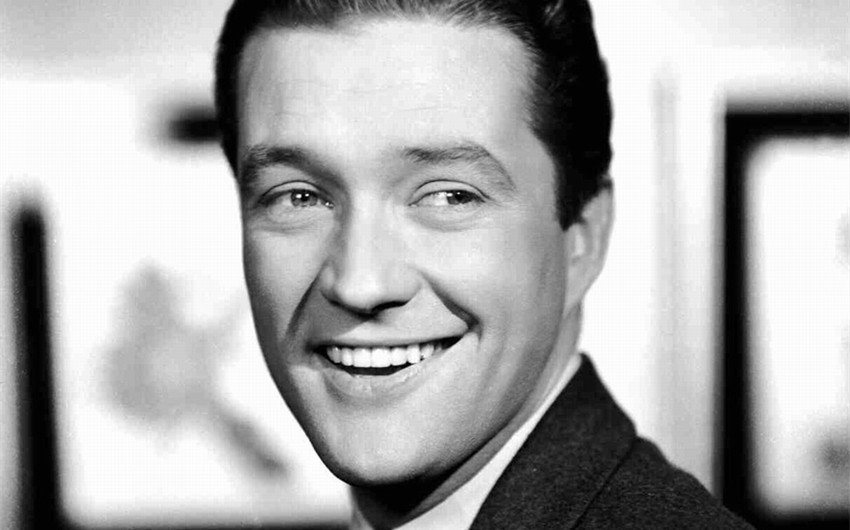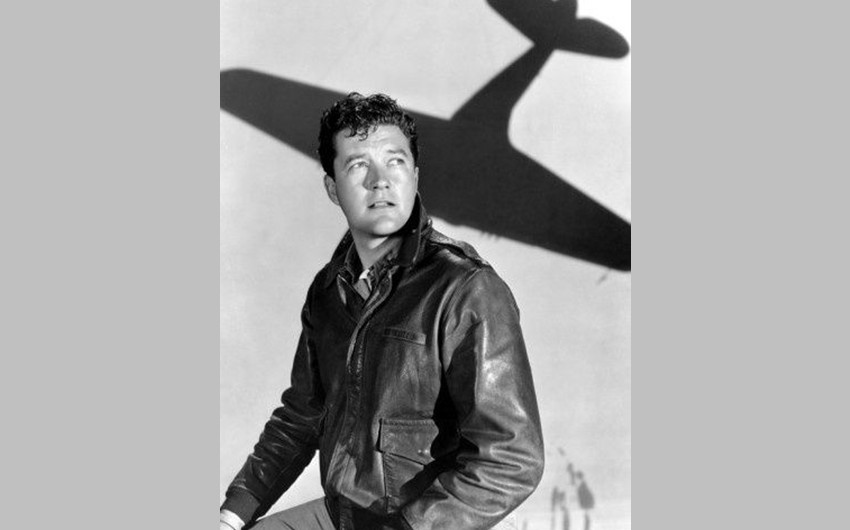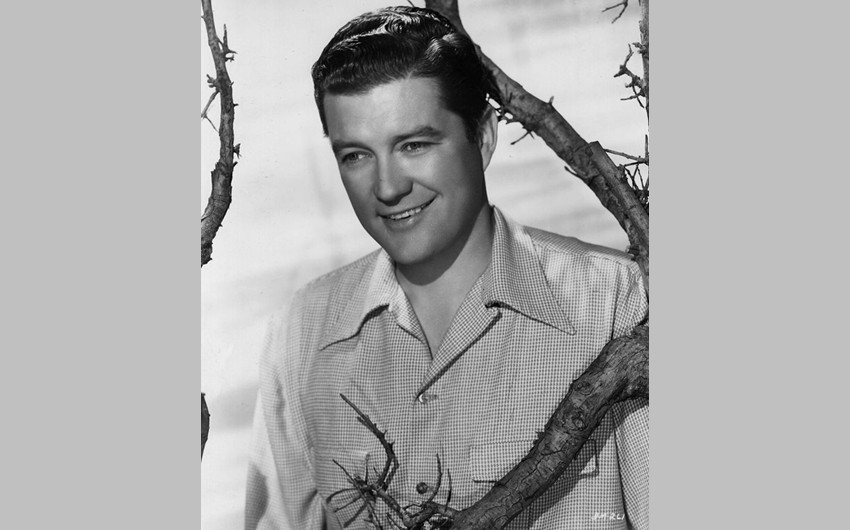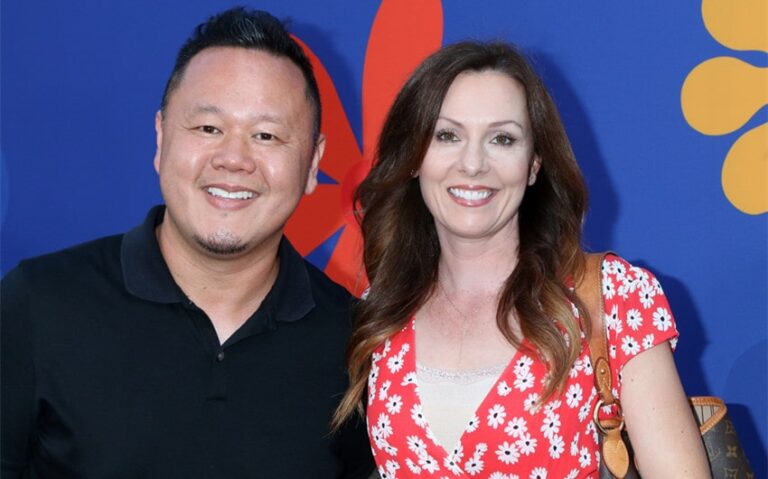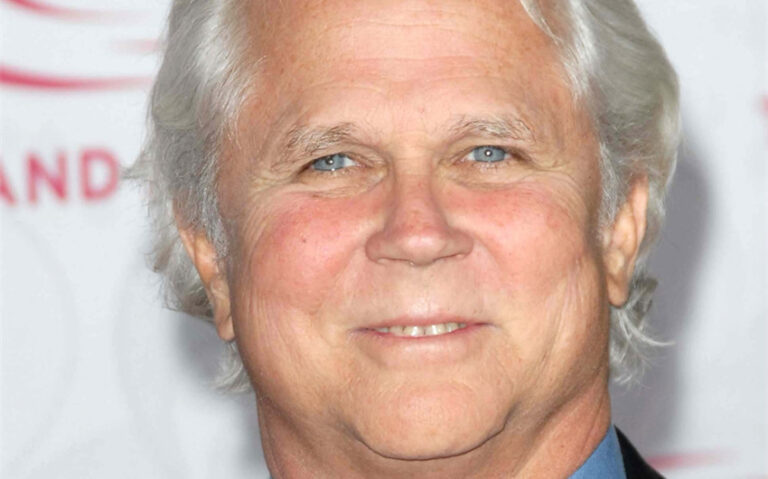Dennis Morgan Net Worth and His Journey From Film to TV
Dennis Morgan was one of classic Hollywood’s most charming leading men, known for his smooth voice, wholesome image, and steady presence in films throughout the 1940s. From musicals to romantic dramas, he built a long-lasting career that earned him a loyal fan base and plenty of time on screen.
With such a prolific run during Hollywood’s Golden Age, it’s no surprise that many people still wonder about Dennis Morgan’s net worth and how his film career translated into financial success. If you’re curious about what he earned and how, here’s a closer look.
Who Is Dennis Morgan?
Image source: Pinterest
Dennis Morgan was a popular American actor and singer who became a familiar face during the golden years of Hollywood. Born Stanley Morner in 1908 in Prentice, Wisconsin, he began his entertainment journey as a singer before transitioning into film. With a classically trained tenor voice and a warm on-screen presence, he quickly found his footing in both musical and dramatic roles.
He got his start in the late 1930s, but it wasn’t until he signed with Warner Bros. in the early 1940s that his career took off. Morgan starred in a string of successful films, often paired with co-star Jack Carson in light comedies and buddy pictures. He was especially well known for his roles in Kitty Foyle (1940), Christmas in Connecticut (1945), and The Desert Song (1943).
Aside from his film career, Morgan appeared frequently on radio and, later, television — maintaining a steady public presence well into the 1950s. Known for his affable, clean-cut image, he was a reliable leading man during an era when the studio system was at its peak.
Even after stepping back from major film roles, Morgan remained active in community events and occasionally took part in TV guest appearances. His legacy continues as part of Hollywood’s rich history of dependable, charismatic stars.
Estimated Net Worth
Image source: Pinterest
While exact figures are difficult to confirm due to the era he lived in, Dennis Morgan’s net worth at the time of his passing in 1994 is estimated to have been between $1 million and $3 million. Adjusted for inflation, that would represent a much larger value by today’s standards. His wealth was built primarily during the height of the studio system in the 1940s and early 1950s, when actors were often under long-term contracts with major studios like Warner Bros.
1. Warner Bros. Studio Contract and Feature Film Work
The cornerstone of Morgan’s financial foundation was his contract with Warner Bros., one of the major film studios during the 1940s. He became one of the studio’s go-to leading men, often cast in light musicals, romantic comedies, and patriotic dramas.
Under the studio system, actors like Morgan were salaried employees rather than freelance performers. Leading men of his stature reportedly earned $2,000 to $5,000 per week, which, when adjusted for inflation, equates to tens of thousands of dollars weekly by today’s standards.
During his peak, Morgan appeared in multiple films per year, with hits like Kitty Foyle (1940), Wings for the Eagle (1942), and Christmas in Connecticut (1945). He also frequently shared the screen with actor Jack Carson in successful “buddy” films, further cementing his marketability. With over 50 film credits, his consistent work ensured stable and high-end earnings throughout the 1940s.
Additionally, while actors of his era rarely received a share of box office profits, they often received bonuses tied to film performance, or extended contracts that came with financial perks like housing, travel accommodations, and wardrobe budgets — all subsidized by the studio.
2. Singing, Soundtrack Work, and Radio Performances
Dennis Morgan wasn’t just a movie star — he was also a trained tenor. Early in his career, he recorded under his birth name, Stanley Morner, and even studied voice with the intention of becoming an opera singer before pivoting to film.
His musical talents were regularly featured in Warner Bros. musicals and romantic dramas. In films like The Desert Song (1943) and Thank Your Lucky Stars (1943), his singing was a selling point and broadened his appeal to a wider audience.
Outside of the film studio, Morgan’s voice earned him invitations to popular radio shows, which were prime entertainment during the pre-television era. He appeared on programs like The Lux Radio Theatre, Screen Guild Theater, and other network-sponsored broadcasts that paid per performance.
Radio guest fees for film actors during the 1940s could range from $500 to $2,000 per show, depending on the network, the show’s audience size, and the actor’s stature. These appearances offered not only short-term income but also helped promote his film roles, creating a cycle of exposure and opportunity.
3. Transition to Television and Guest Appearances
As the golden age of film began to fade in the 1950s, Morgan — like many of his peers — transitioned into television. While the pay wasn’t always as high as in film, it provided ongoing visibility and relevance as entertainment formats changed.
He appeared in shows such as This Is Your Life, The Ford Show, and dramatic anthologies like General Electric Theater. These appearances, typically paid per episode, were a source of supplemental income and allowed Morgan to remain professionally active into the 1960s.
Actors of his standing often earned $1,000 to $3,000 per episode during the early years of television, with additional perks depending on the program’s format and sponsor. Although fewer in number, these gigs helped him remain financially comfortable even after the studio system dissolved.
4. Real Estate and Long-Term Investments
While Dennis Morgan wasn’t known for flashy business ventures or celebrity entrepreneurship, he reportedly made wise real estate investments during his career. Like many Hollywood actors in the 1940s and 1950s, Morgan bought residential property in California when prices were low and the area was expanding rapidly.
While there are no detailed public records of his holdings, actors of his era who invested in real estate — even modestly — often saw substantial long-term returns, especially in areas like Beverly Hills, Sherman Oaks, or Encino, where property values grew exponentially over time.
Morgan also lived relatively modestly and avoided the financial traps that affected many actors of his generation. There are no known reports of extravagant spending, failed ventures, or major legal disputes, suggesting he was a careful steward of his finances.
5. Public Appearances, Charity Work, and Lifetime Recognition
Later in life, Morgan remained active in the public eye through celebrity golf tournaments, Hollywood charity events, and film retrospectives. These appearances were less about earnings and more about honoring his legacy, but they occasionally came with honorariums or guest appearance fees.
He was also recognized by peers and fans for his contributions to classic cinema, receiving tributes at film festivals and special screenings of his most beloved works. These appearances helped preserve his brand and allowed him to stay connected to the industry in meaningful — and occasionally monetized — ways.
Featured Image Source: imdb.com
